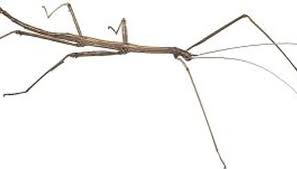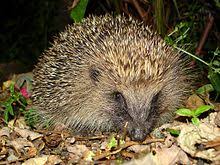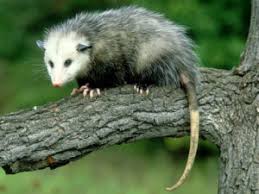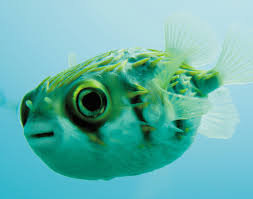ADAPTATION ON BASIS OF PROTECTION IN ANIMALS
Home » ADAPTATION ON BASIS OF PROTECTION IN ANIMALS

ADAPTATION ON BASIS OF PROTECTION IN ANIMALS
CAMOUFLAGE: MERGING WITH THE SURROUNDING
- A stick insect looks almost like a twig.
- Chameleons can change the color of their skin to match their surroundings.
- A white fur of a polar bear matches with the surrounding snow, making it difficult to spot the bear.
- The stripes on a zebra or tiger make them hard to see in the forest.
 STICK INSECT
STICK INSECT
SPINES AND SHELLS
- Porcupines and hedgehog senses danger, it rolls up into a ball. It then becomes very difficult for the enemy to attack it.
- Tortoises and snails have hard shells covering their bodies.


HORNS TO FIGHT
- Some animals like rhinoceros and buffaloes stand and fight. They use their horns for fighting.
THICK SKIN
- Animals like Elephant, Hippopotamus, Camel have their thick skin which protect them from hot climate. Their large body too scares the animals from attacking.
OTHER ADAPTATIONS FOR PROTECTION
- Some animals like possums and snakes pretend to be dead when they are in danger.
- The globefish can blow itself up to twice its normal size so that it looks bigger and scares away its enemy. If an enemy chases a flying fish it jumps out of the water and flies by spreading its large fins.
- Moth and butterfly have round eye-like markings on their wings. These spots fool their predators in believing that they are large animals.

 OPOSSUM GLOBEFISH
OPOSSUM GLOBEFISH 


